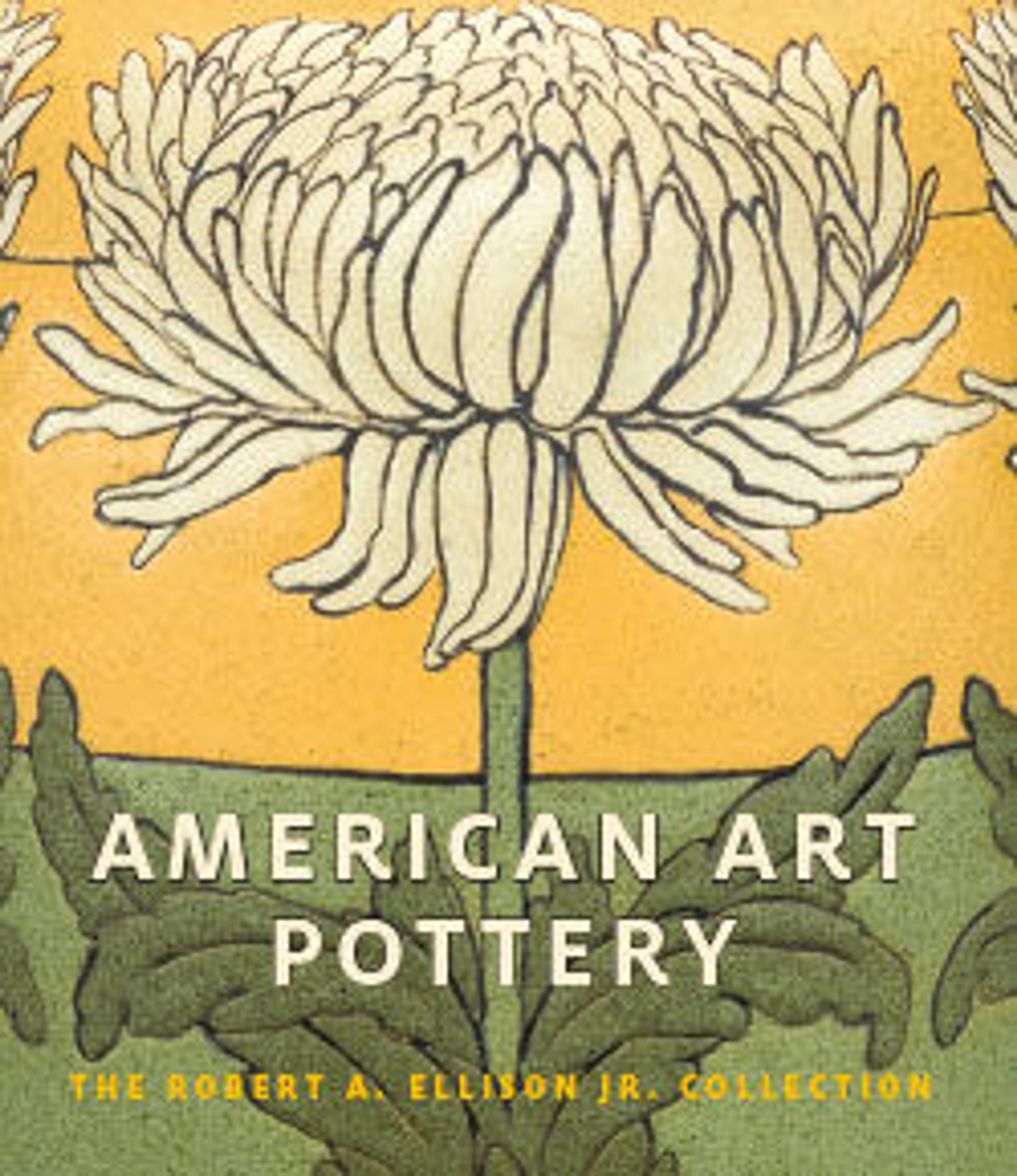Vase
The pottery established at University City, outside of Saint Louis, Missouri, was the brainchild of visionary Edward Gardner Lewis. He sought to experiment with a new approach to women’s education, which included publishing a journal and offering mail-order classes. To launch his pottery enterprise, Lewis lured Taxile Doat, the eminent French ceramist from Sèvres; Adelaide Alsop Robineau, master porcelain artist from Syracuse, New York, and her husband, Samuel; and English –born potter Frederick Hurten Rhead to University City. Having discovered a vein of kaolin clay (the key ingredient for porcelain) during the excavation for Lewis’s publishing headquarters, he decided that the pottery would exclusively focus on porcelain. The intimate environment of these superbly talented potters fostered close collaboration among the artists there. Unfortunately, University City’s Utopian ideals proved impossible to sustain, and the principle ceramists disbanded in the Spring of 1911. Later that year, however, the pottery reorganized and Doat returned to University. Although he continued to create some elaborately decorated showpieces, most of the production concentrated on cast forms, many recalling shapes Doat had produced at Sèvres. They generally featured seductive, often shimmering crystalline glazes. This gourd shaped vase is characteristic of the pottery’s later years. It is a simplified version of a model that Doat originated at Sevres. Whereas the original design has a long, thin, ribbed neck, the University City vase is blunt and short, thus far easier to cast and fire. In addition, the American version has a flat base, another concession to ease of production. With its subtle crystalline glazes, it exemplifies the sophisticated glazes that characterize the work of University City. In a promotional pamphlet of about 1914 the pottery claimed: "No two pieces are alike in Crystallization nor can any of the high fire Crystalline pieces to be sold be duplicated, each piece offered being an exclusive gem of the high temperature at which it is produced."
This vase is from the Robert A. Ellison Jr. Collection of American art pottery donated to the Metropolitan Museum in 2017 and 2018. The works in the collection date from the mid-1870s through the 1950s. Together they comprise one of the most comprehensive and important assemblages of this material known.
This vase is from the Robert A. Ellison Jr. Collection of American art pottery donated to the Metropolitan Museum in 2017 and 2018. The works in the collection date from the mid-1870s through the 1950s. Together they comprise one of the most comprehensive and important assemblages of this material known.
Artwork Details
- Title:Vase
- Manufacturer:University City Pottery (1909–14)
- Date:1913
- Geography:Made in University City, Missouri, United States
- Culture:American
- Medium:Porcelain
- Dimensions:7 5/8 in. (19.4 cm)
- Credit Line:Gift of Robert A. Ellison Jr., 2018
- Object Number:2018.294.252
- Curatorial Department: The American Wing
More Artwork
Research Resources
The Met provides unparalleled resources for research and welcomes an international community of students and scholars. The Met's Open Access API is where creators and researchers can connect to the The Met collection. Open Access data and public domain images are available for unrestricted commercial and noncommercial use without permission or fee.
To request images under copyright and other restrictions, please use this Image Request form.
Feedback
We continue to research and examine historical and cultural context for objects in The Met collection. If you have comments or questions about this object record, please contact us using the form below. The Museum looks forward to receiving your comments.
